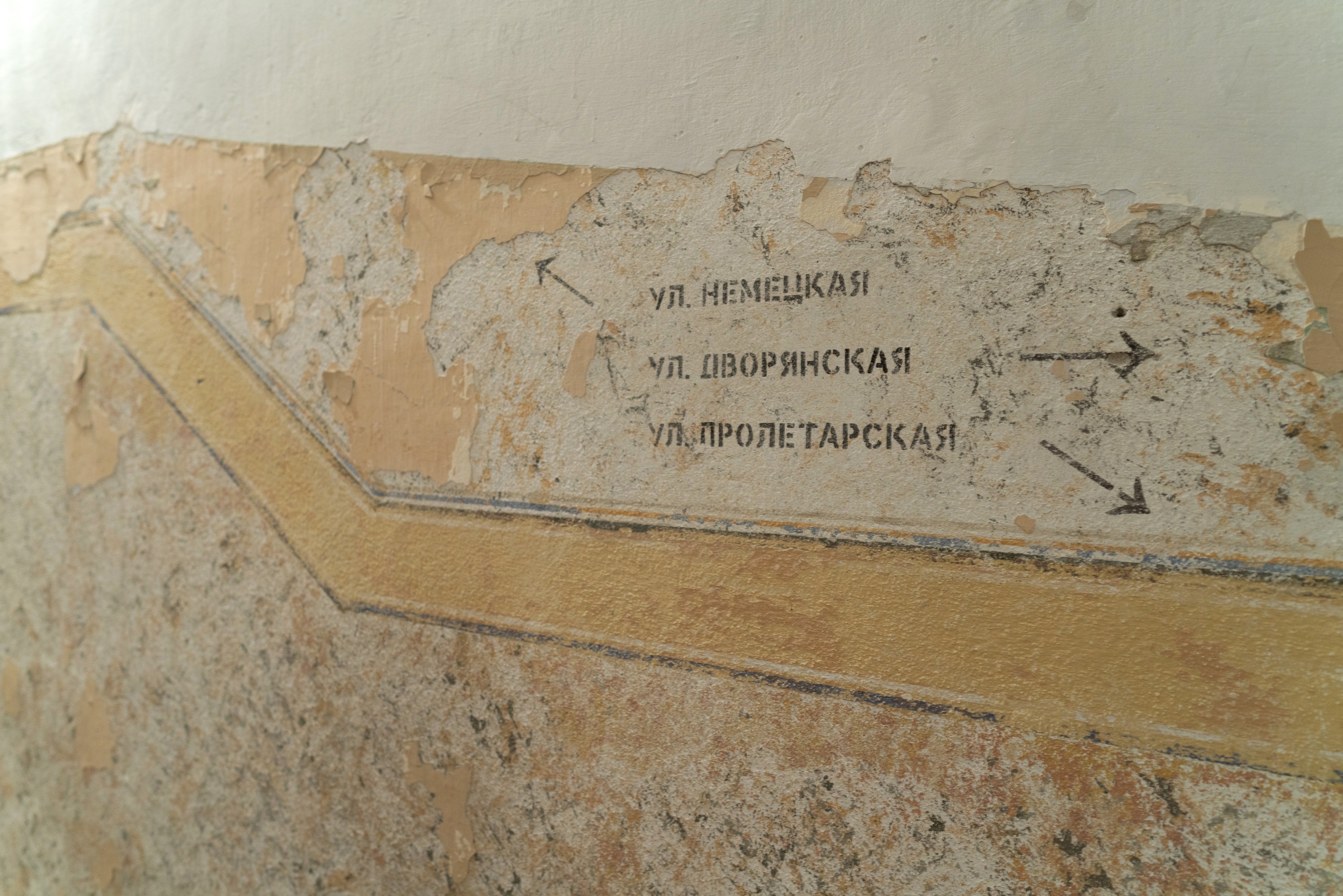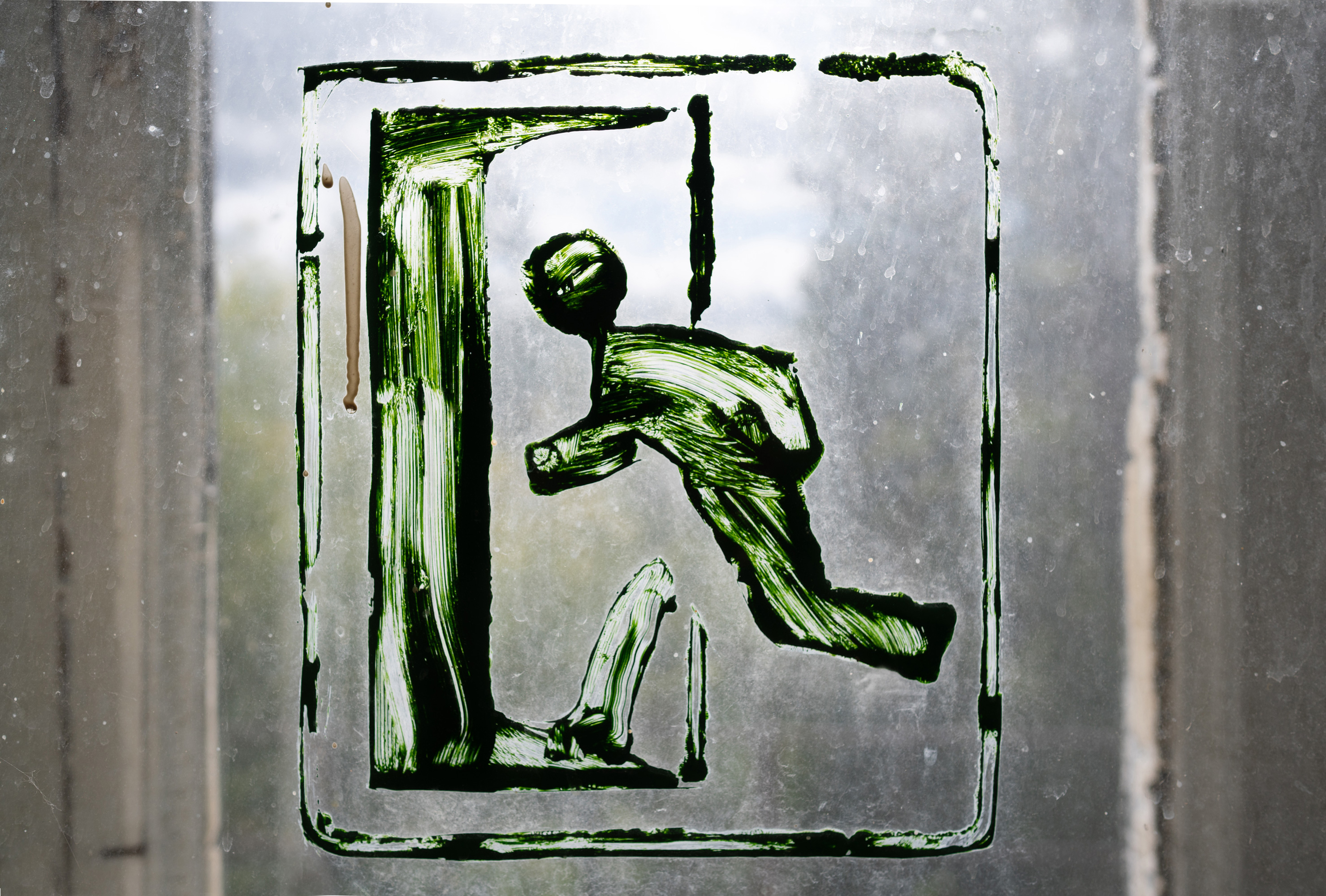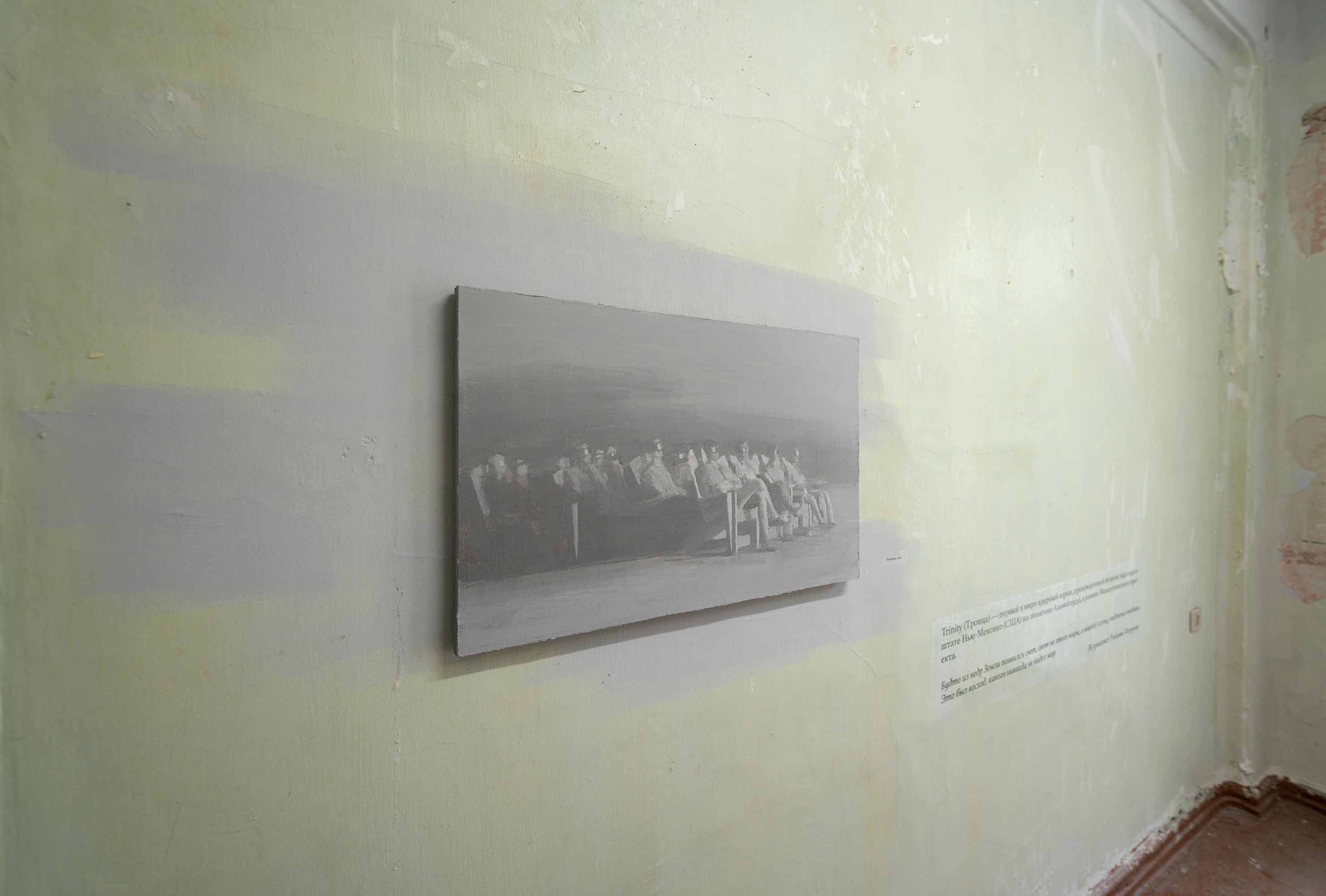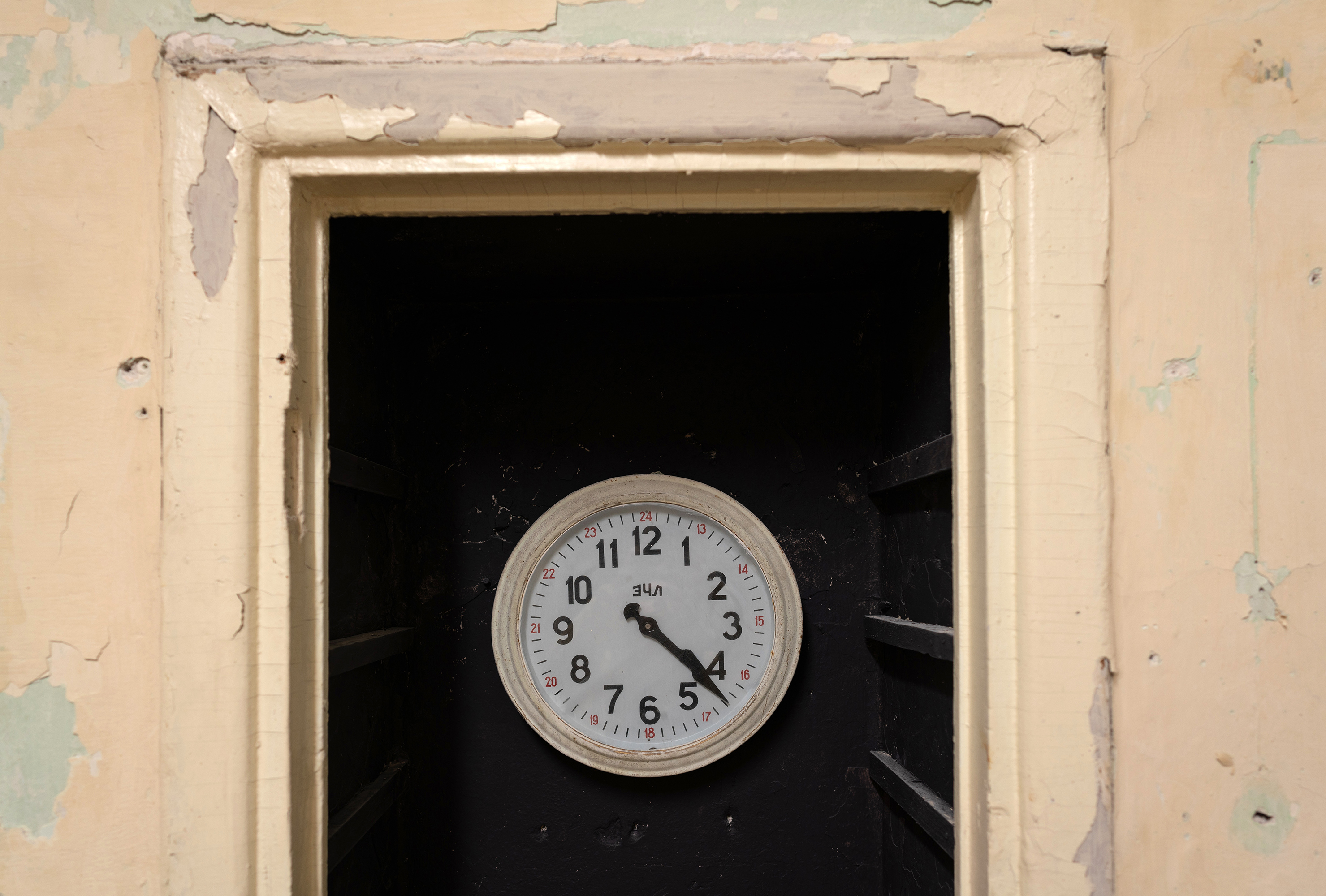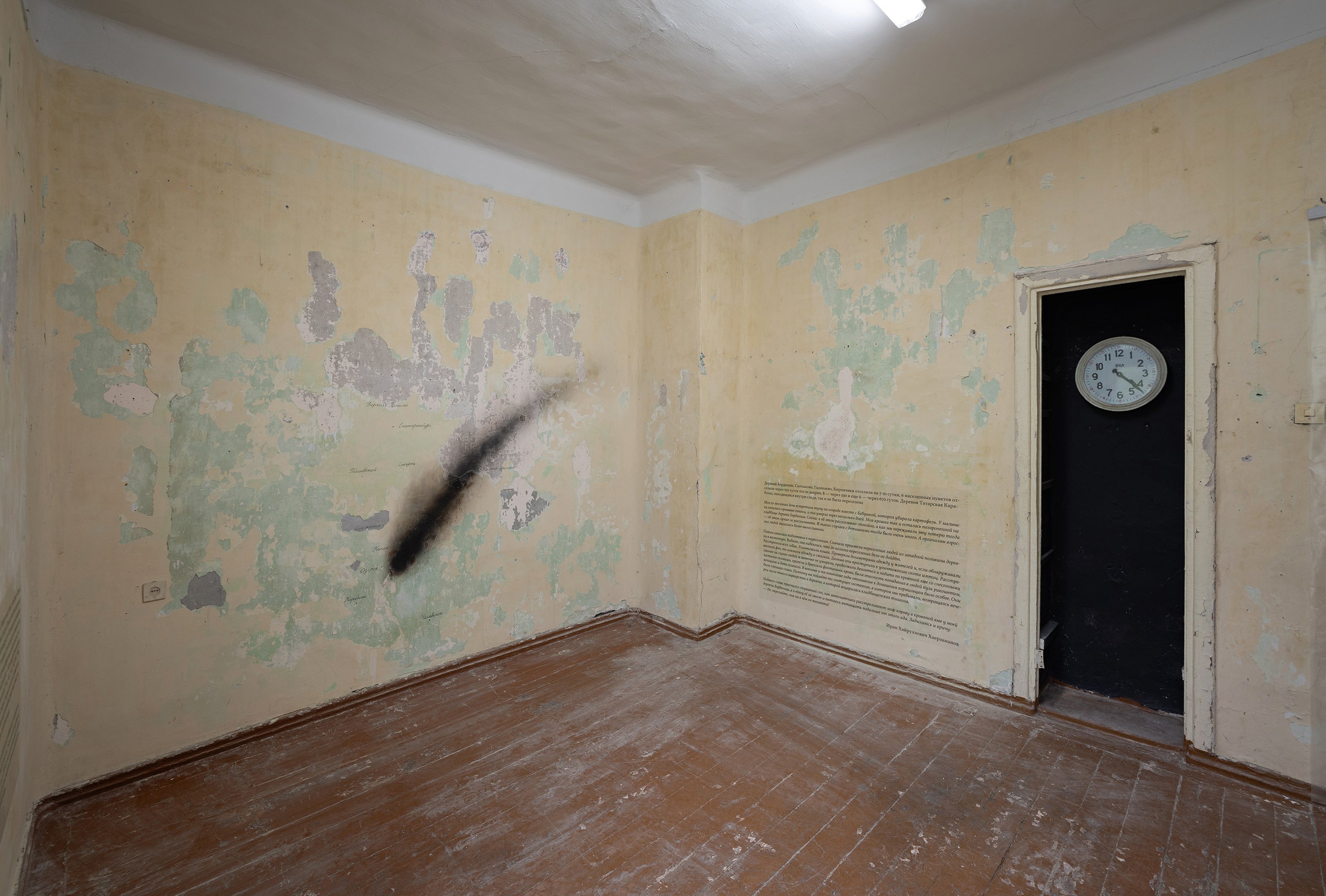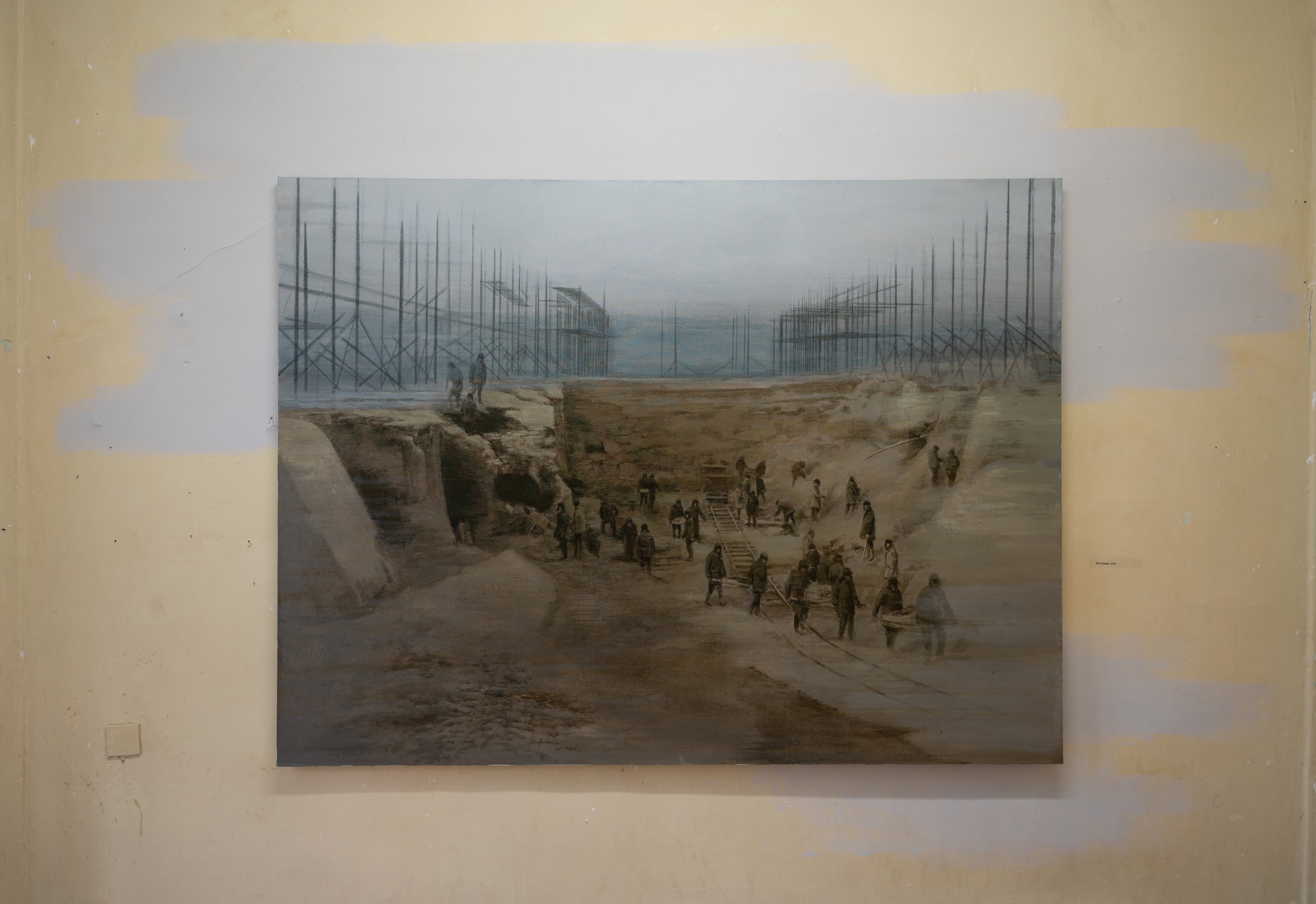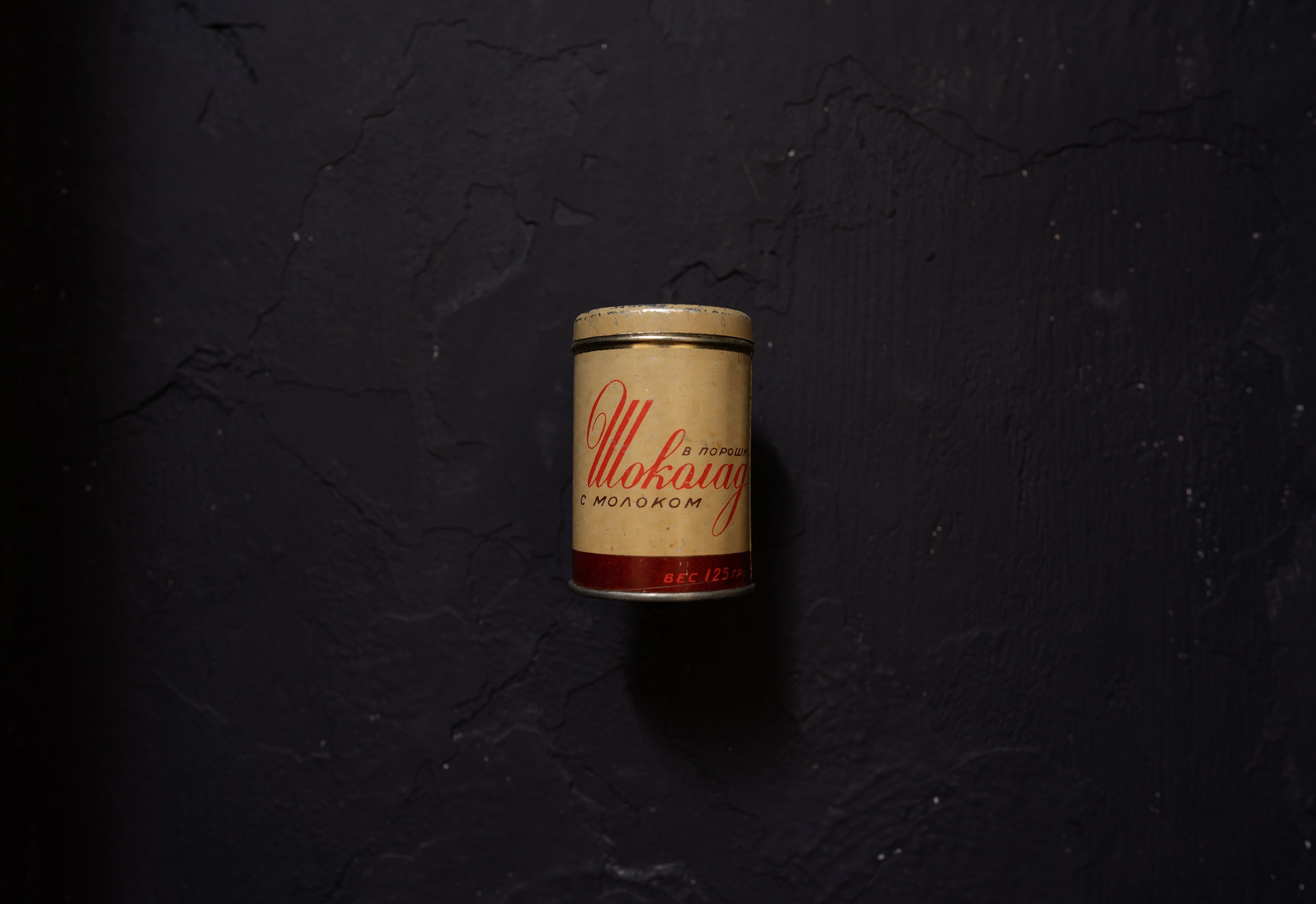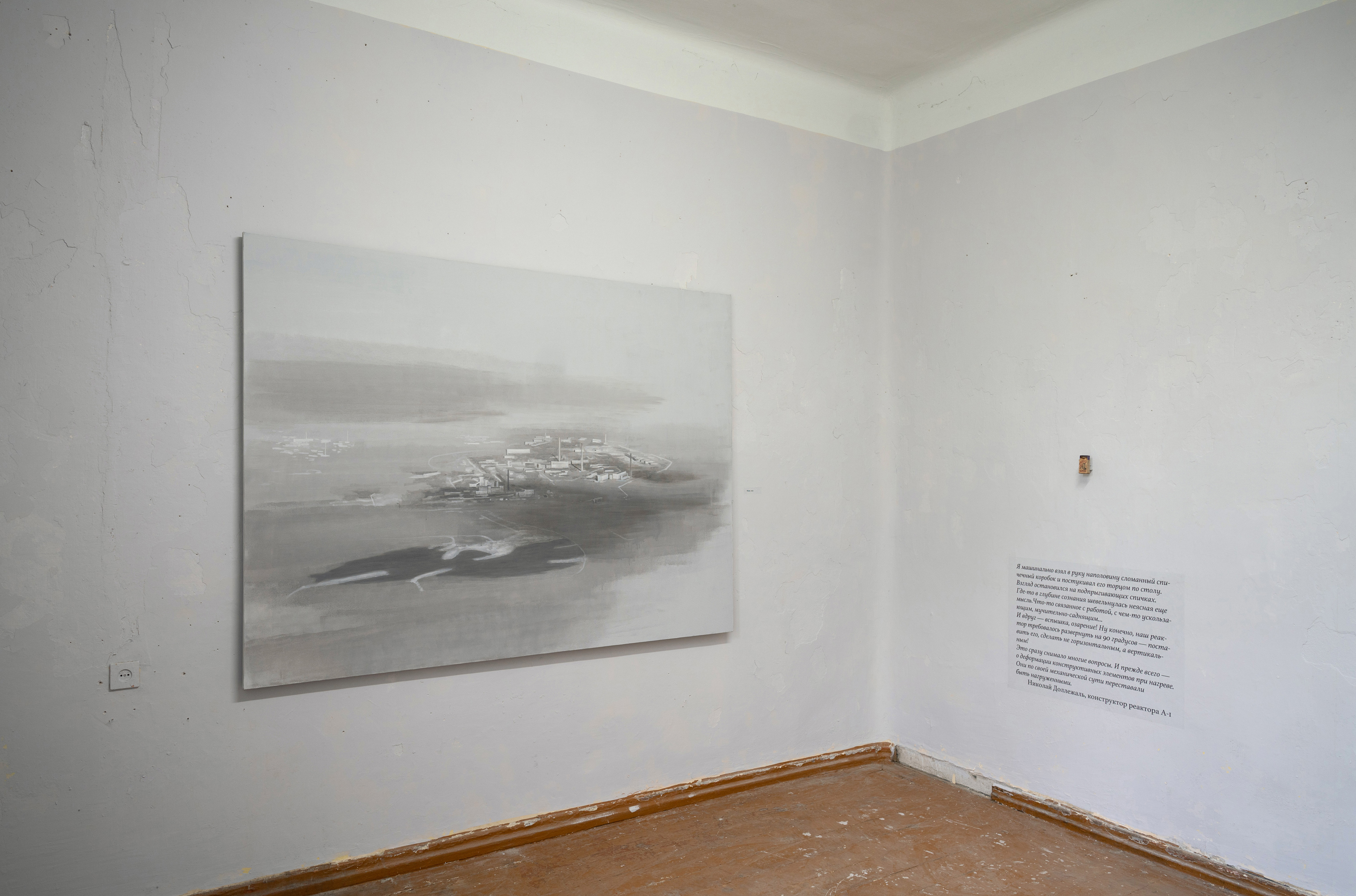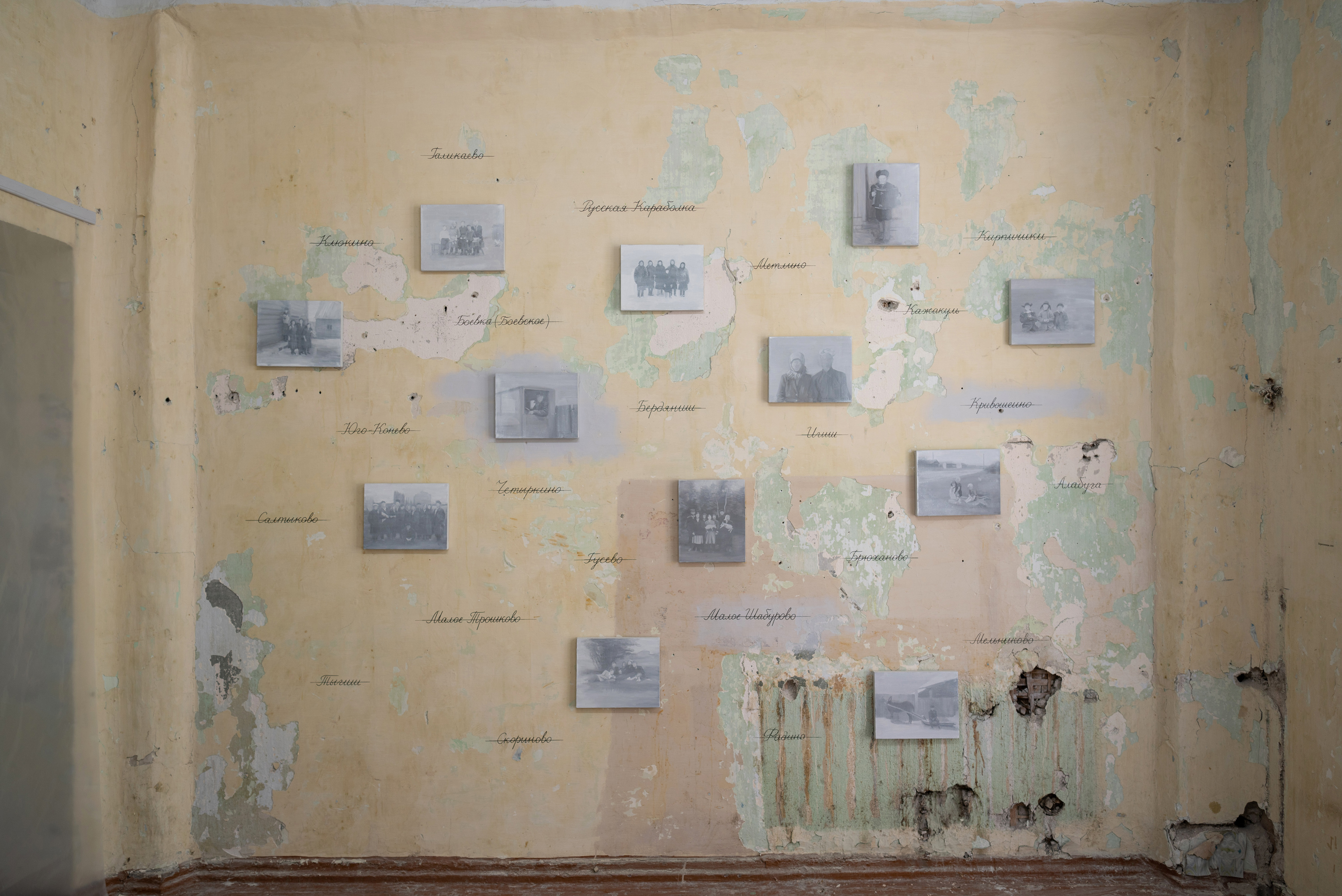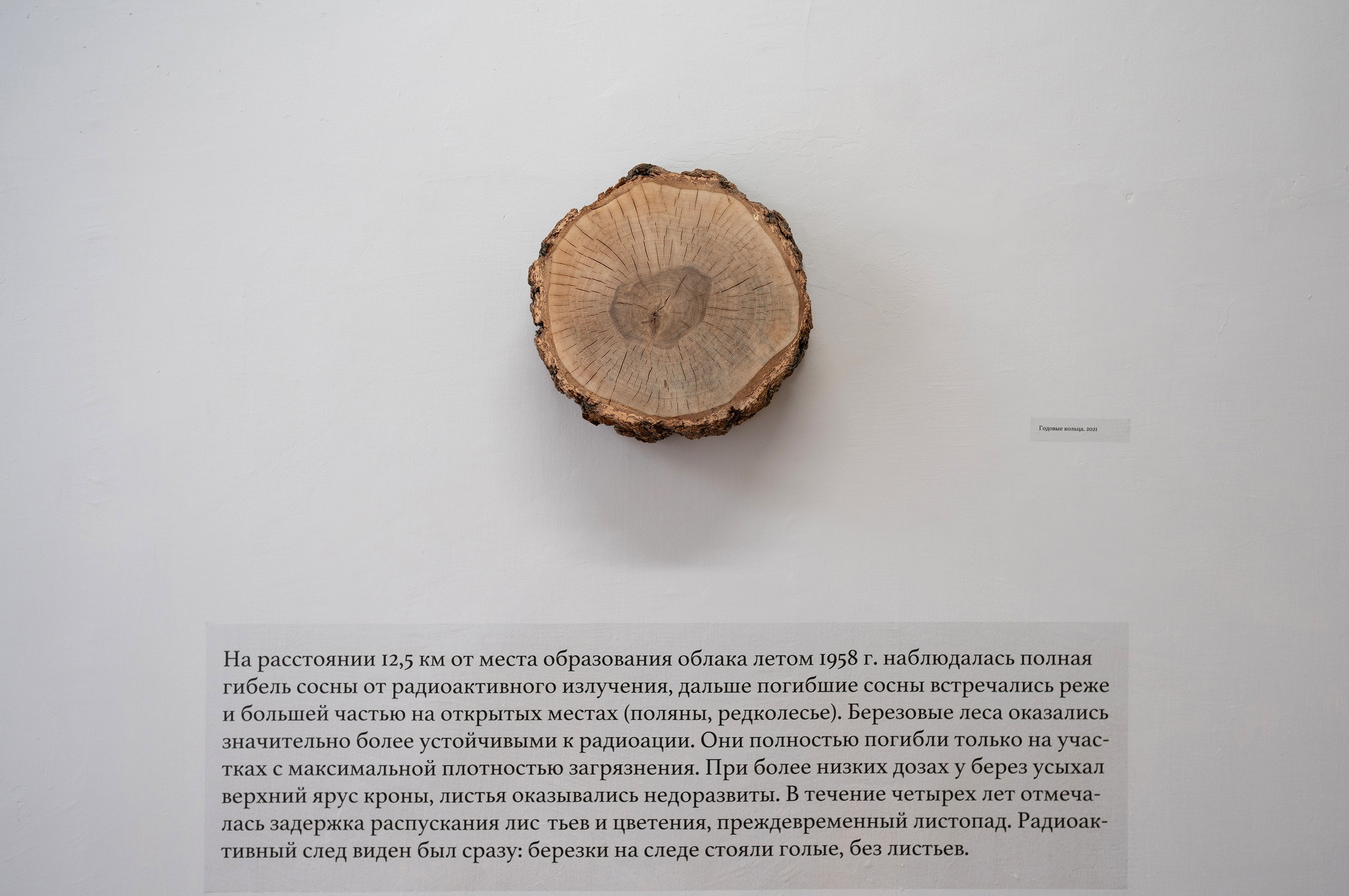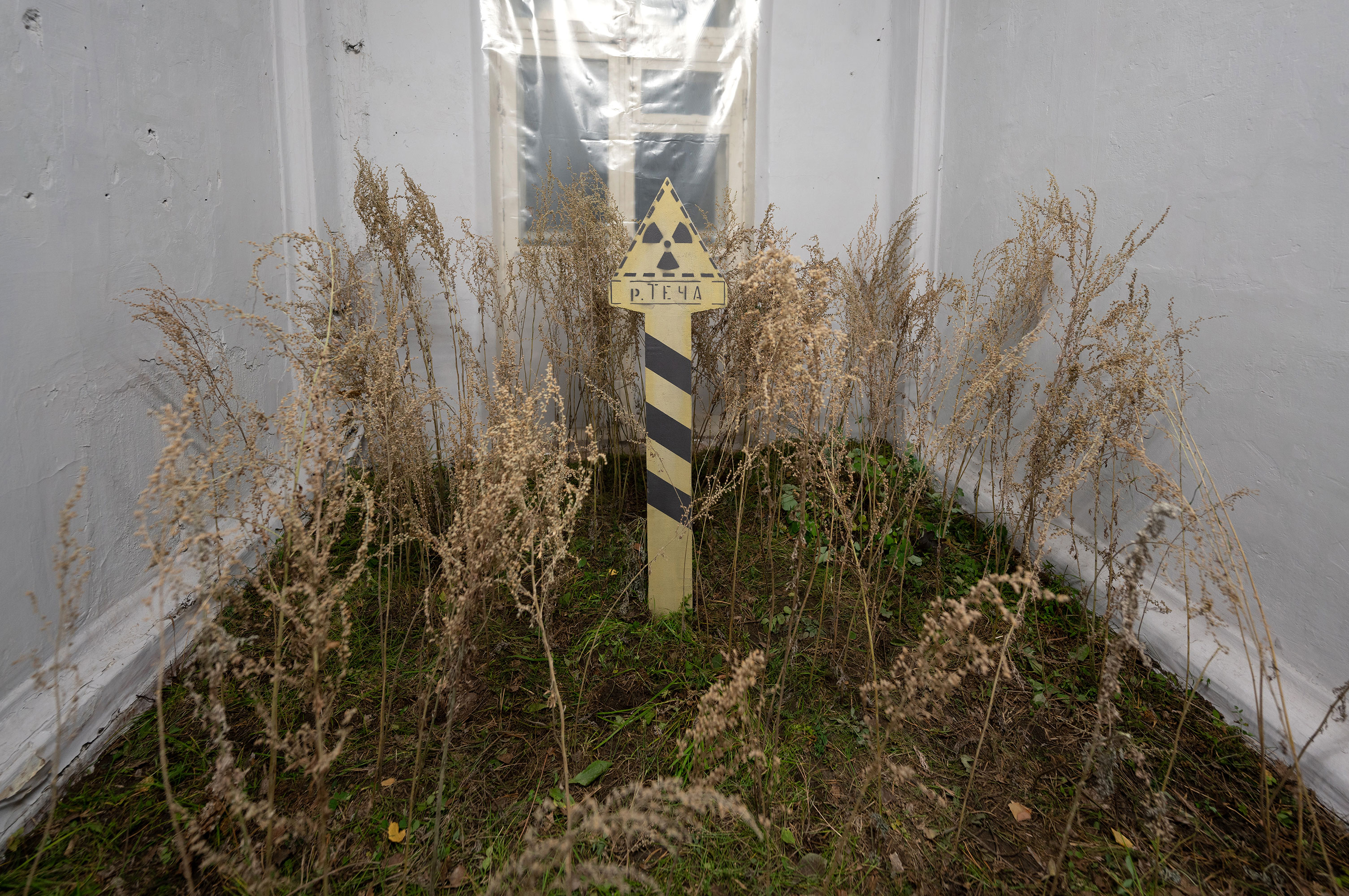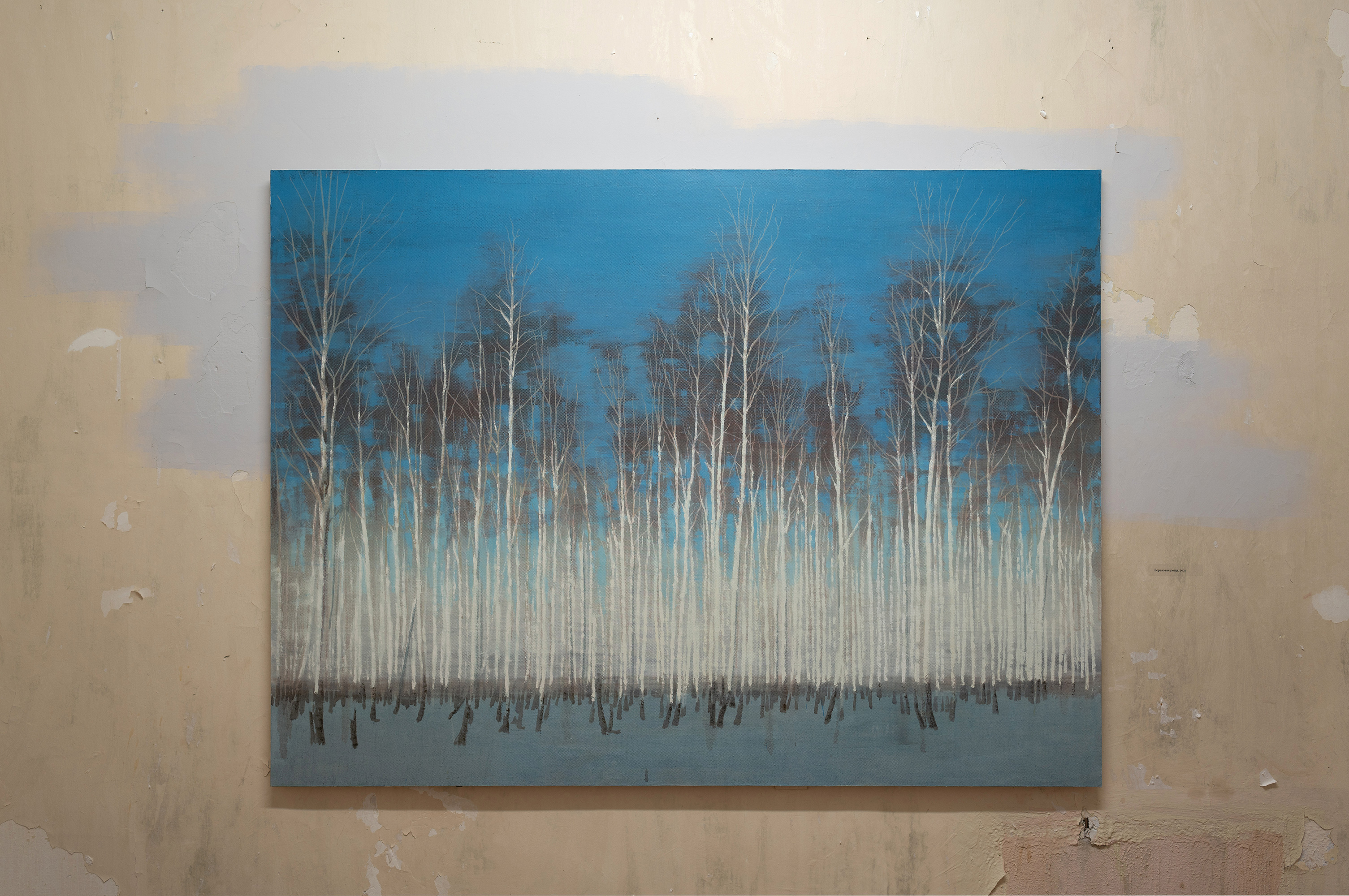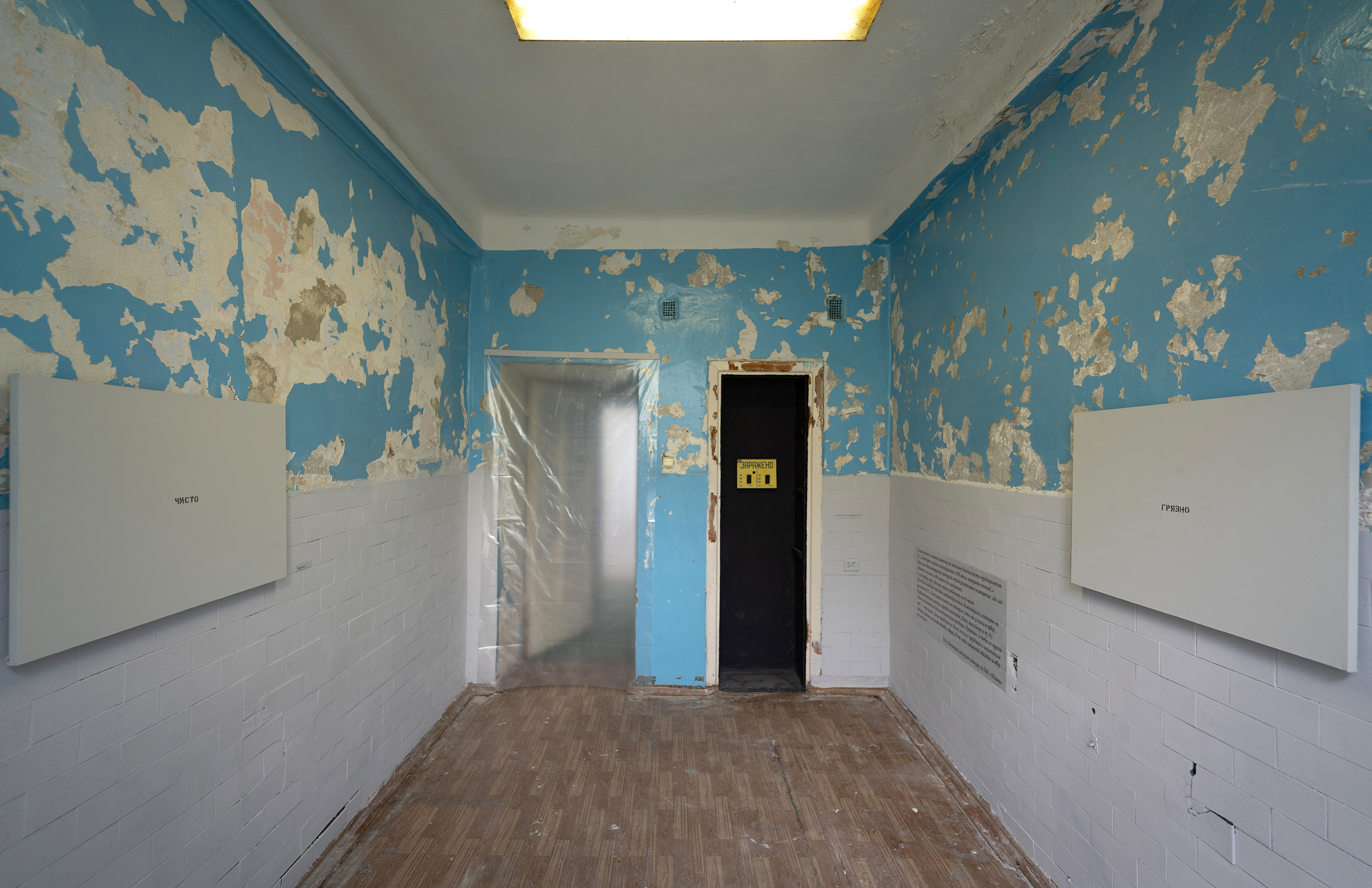The Ringing Trace: capturing the invisible legacy of a Soviet nuclear catastrophe
Almost three decades before the Chernobyl disaster, a major chemical explosion took place in the Urals in central Russia. Artist Pavel Otdelnov took over an abandoned building close to the accident site for an exhibition paying tribute to the lives sacrificed and silenced to keep the Soviet atomic programme running.
You might have never heard of the Kyshtym disaster. The incident, ranked as the world’s second-worst nuclear accident after Chernobyl in terms of the amounts of radioactivity released, took place in September 1957 in the closed town Chelyabinsk-40 (now Ozersk) in Russia’s southern Urals. Workers at Mayak, a plutonium production site and reprocessing plant, incorrectly stored an underground tank of liquid nuclear waste. It exploded, covering more than 52,000 square kilometres in radioactive particles.
The accident was deliberately silenced by the authorities so as not to cast a shadow on the ambitious Soviet atomic programme. While some villages were evacuated, many of the country’s brightest engineers and emergency liquidators, as well as civilians living miles away, were practically sacrificed so that the USSR could achieve nuclear parity with the United States. Other environmental consequences of the event still remain today. Perhaps most troubling, however, is the unsettling secrecy that still lingers around the event.
In 2007, 50 years after Kyshtym, first-hand records from those who saw the disaster unfold were made public. Their harrowing testimonies became a fundamental part of Ringing Trace, a large-scale multimedia project by artist Pavel Otdelnov. He spent more than a year collecting stories related to the disaster and trying to find visual language he could use to capture something as complex and intangible as radiation, secrecy, and collective trauma. “The price of entering the nuclear age was human life, and it is crucial to remember that,” he told The Calvert Journal. “Many of the files related to the Soviet Atomic programme remain classified. Closed towns are still closed and their residents mostly keep their memories to themselves, cautious to open up.”
Otdelnov set up Ringing Trace not far away from the disaster site, turning an abandoned dormitory for Laboratory B engineers not far from the Mayak plant into an exhibition space. Extracts from first-person testimonies are written on the walls or whispered in the dark in the rooms where engineers of the atomic project once lived. They are accompanied by photographs, historical artefacts, and numbing oil canvases by Otdelnov himself. “I dedicate this exhibition not only to the workers of Mayak, but the residents of nearby towns who were exposed to high doses of radiation, and each and every person who had to take off and relocate [after the explosion],” Otdelnov shared.
The Mayak plant was built between 1945 and 1948 to produce plutonium, which was then refined and processed for use in nuclear weapons. With Soviet-US relations spiralling into the Cold War, the urgency in creating a sustainable nuclear weapons programme had never been greater — and safety was soon deprioritised.
According to scientist Argenta Titlyanova, whose memoirs were used for Ringing Trace, a small group of engineers were given the task of increasing radioactive isotope activity from 10 millicurie to 1 curie. The team of six were expected to come up with a solution within two months, no matter the cost. The laboratory’s radiation control systems were taken down, and unlimited caviar, fresh fruits, and vegetables were offered in exchange. “We were shocked and silent for a while. And then, one by one, we all agreed. We must have felt something like inevitable urgency. We were like soldiers given a choice we could not really make,” she wrote. On her first shift, Titlyanova saw a horrifying light caused by their radioactive materials, which shone so bright it almost made her faint from terror. One of the exhibition rooms of Ringing Trace is bathed in deep blue in a direct reference to that moment.
Once plutonium production began, however, engineers quickly ran out of underground space to store high-level radioactive waste. Between 1949 and 1951, millions of cubic metres of toxic chemicals were dumped into the Techa River, the main source of water for the 25,000 people living in villages along its banks. The villages would continue using the water for cooking and farming for years.
As the Techa’s water became more polluted, officials quickly realised they would need another solution. They began to build large, underground storage tanks for liquid radioactive waste.
Then, in 1957, a storage tank holding the radioactive waste exploded. Engineer Guriy Baymin was on shift at Mayak on the day: “The building shivered and soon the windows were blown in. We saw a pillar of black, glowing dust in the distance. Soon a thick grey fog rushed in, filling in the entire room. Unaware of what had just happened, we started cleaning up the mess, totally exposed and unprotected. We worked for eight hours until we finally found out the truth — when a supervisor arrived, measured the radiation, and instantly rushed away.” Baymin said that Mayak management never acknowledged the radiation that staff had been exposed to, refused to give monetary compensation, and falsified medical reports. “They called on patriotism to justify themselves,” Baymin said. The shining in the sky which followed the explosion was later referred to as a “unique astrological event, similar to the polar lights” in the local newsletter. The cutout of the article has also been used in Otdelnov’s exhibition.
Otdelnov was also struck by the memories of villages who saw their livestock and pets liquidated after the disaster. In an attempt to contain the spread of radiation, residents’ private belongings were destroyed, while animals were slaughtered. In an interview, former local resident Iran Khaerzamanov said that livestock were shot right in front of a crowd. “The blood was everywhere. Injured animals kept moving in the pit, half-headed. Women and children cried. A rumour circulated that people would be next, causing panic. Unable to see the animals suffer, we asked the officers to let us kill our livestock ourselves, and finally they agreed.” Khaerzamanov still sees his cow dying in his nightmares. His daughter also died a few days after the explosion, after suffering from bloody diarrhoea. She was only 10 months old.
Ringing Trace has already drawn 2,500 visitors from across Russia. But more crucially, many of those guests have been the relatives of those affected, or the current residents of nearby closed towns once hit by the explosion. Despite the exhibition’s castaway location — on a peninsula surrounded by lakes, some 1,800 kilometres away from Moscow — Otdelnov believes it is essential to keep it far-off as if a metaphor of a distant, tucked away but necessary truth. He is now working to secure the Laboratory B building for the permanent exhibition.
You can support Ringing Trace via a crowdfunding campaign on Planeta.ru.

